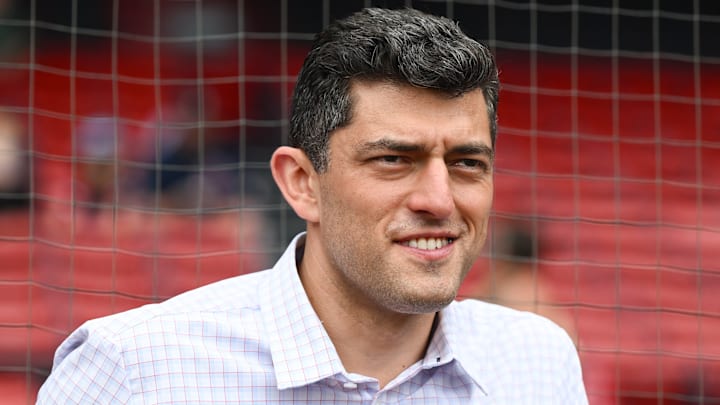If you look at social media, listen to the radio, or read about the St. Louis Cardinals’ trade deadline moves, all you hear is whining. Lots and lots of whining. It’s like there was a party and the Cardinals didn’t bother to show up.
The recent MLB trade deadline was widely viewed as one of the most active in recent memory. A flurry of deals, particularly in the final 31 hours leading up to the deadline, saw 50 trades executed.
The Cardinals opted for a more subdued approach, dealing expiring contracts like closer Ryan Helsley and relievers Steven Matz and Phil Maton for future assets. This strategy has sparked criticism from a fanbase hungry for a return to contention.
Many of the Cardinals' fans feel the team missed an opportunity to capitalize on its roster depth, particularly with young, controllable players. The Cardinals were reportedly "hit a lot" by teams inquiring about their left-handed hitters, including Brendan Donovan, Alec Burleson, and Lars Nootbaar. Yet, as President of Baseball Operations John Mozeliak stated, "We were not motivated to move players that we had under control unless we were, to put it mildly, blown away. And we just weren't."
This reluctance to deal is at the heart of the criticism. Some, like baseball writer Bernie Miklasz, believe Mozeliak may have "overrated his own players again" and that the Cardinals' asking prices were "insane." The argument is that holding on to players like Nootbaar, whose underlying metrics have always promised more than his on-field performance, is a missed opportunity to gain more tangible assets. Nootbaar, who has also battled injuries, presents a case where his value may not increase significantly by the offseason, making a deadline move seem more logical.
There is another side.
The Cardinals' front office was in a unique and delicate position. With Mozeliak's last season at the helm and Chaim Bloom set to take over in the offseason, the organization is in a state of transition. The conflict in philosophy between the outgoing and incoming leaders is a key factor. Bloom, with his reputation for valuing high-upside, high-ceiling talent, and Mozeliak, known for a more high-floor, low-risk approach, have two fundamentally different ideas about how to build a team. With the Cardinals' front office having stated that this would be a "group effort," it is unclear how these two contrasting approaches could have come together to execute any trade of a core player.
The team's inaction on its young core is a compelling argument for a longer-term strategy. The value of players like Nootbaar, Burleson, and Donovan will not disappear between now and the end of the season. Even if their production slips in the next two months, the entire league knows what those players are. In fact, more playing time over the final two months of the season could either solidify their place as part of the team's core or could make them even more attractive trade chips for Bloom to use in the off-season.
While the lack of blockbuster deals may have left a sour taste in the mouth of some fans, the Cardinals' calculated moves were a logical step in a year of transition. By resisting the urge to make short-term, feel-good trades, the Cardinals have positioned themselves to make more meaningful and impactful moves in the offseason, setting the stage for Chaim Bloom to begin his tenure with a clearer path forward.
